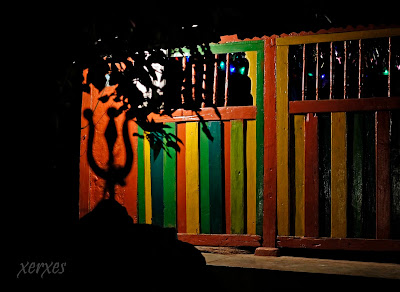 |
| Kalsubai “Every mountain top is within reach if you just keep climbing.” ― Barry Finlay, Kalsubai is the highest peak in Maharashtra, but that is not saying much; as at 1646 metres it is hardly the "Everest of Maharashtra" it is made out to be. Nevertheless it is an invigorating climb and though not a technical ascent it is steep and tests ones stamina. The panorama from the top make the arduous climb worth it. |
 |
| And finally... having been up and down, I drove off to a wayside dhaba and treated myself to the most delicious hot and fresh tandoori rotis and tadka dal. The resort town of Bhandardara with its famous dam and waterfall is nearby and the route is lined with eating places big and small. Climbing is hungry business and so till my next walk I leave you with this sage advice: “Climb if you will, but remember that courage and strength are nought without prudence, and that a momentary negligence may destroy the happiness of a lifetime. Do nothing in haste; look well to each step; and from the beginning think what may be the end.” -Edward Whymper |








Love the commentary and the feel. Keep sharing!
ReplyDelete